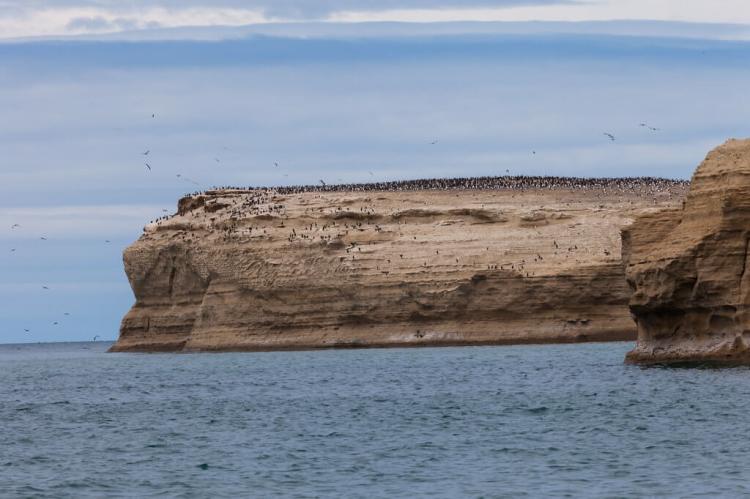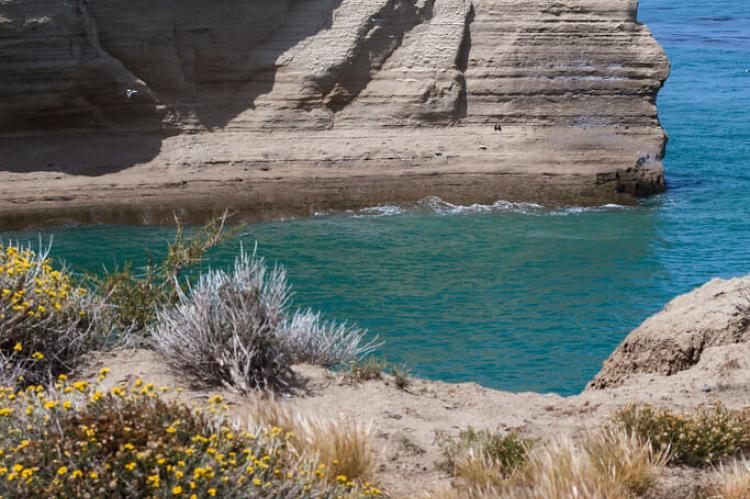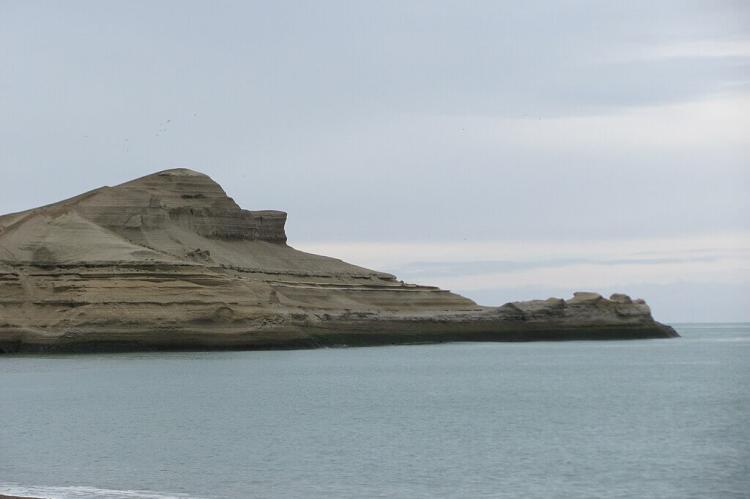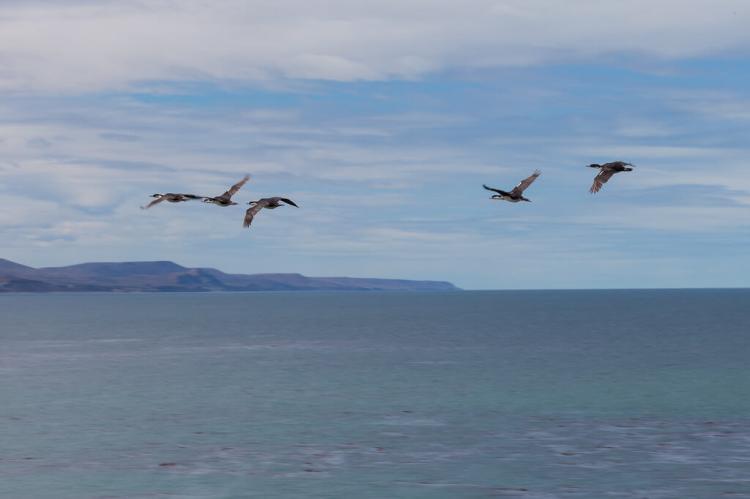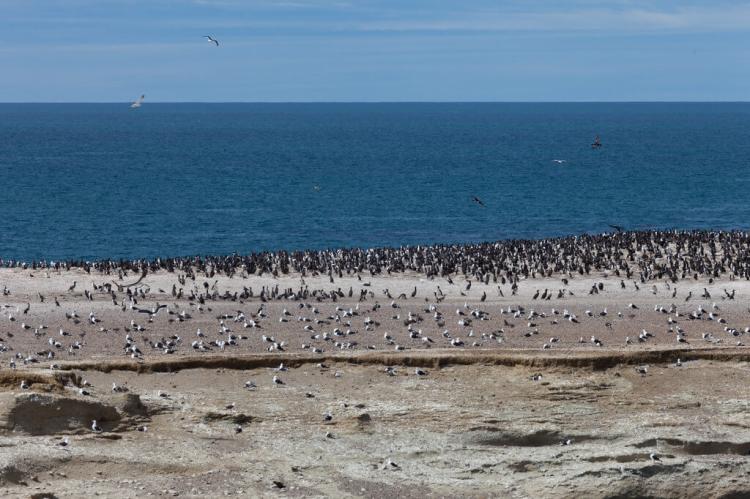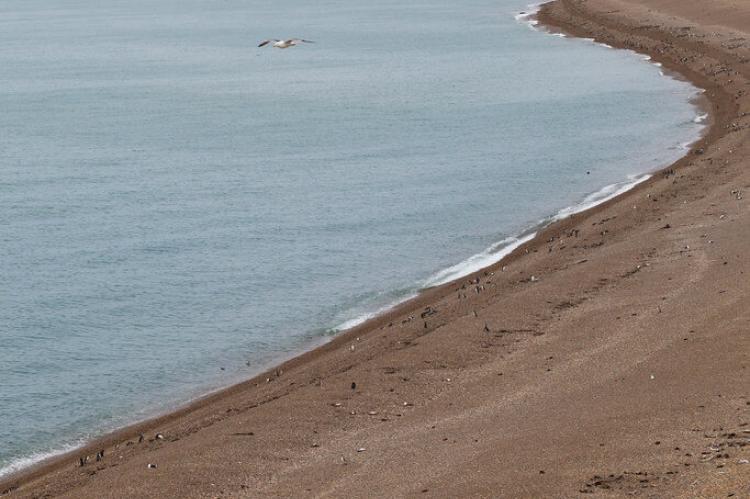Monte León National Park: Preserving Patagonia's Coastal Wilderness
Monte León National Park is a nature reserve in southern Argentina, established to protect a unique ecosystem where the Patagonian steppe meets the Atlantic Ocean. The park boasts impressive biodiversity and natural beauty, with dramatic cliffs, windswept beaches, and diverse flora and fauna.
Monte León National Park
Preserving Patagonia's Coastal Wilderness
Located along the rugged coastline of southern Argentina, Monte León National Park is a pristine wilderness that boasts an impressive biodiversity and natural beauty. It was established in 2004 to safeguard a unique ecosystem where the vast Patagonian steppe meets the mighty Atlantic Ocean, making it a symbol of conservation in the region. Monte León National Park features dramatic cliffs, windswept beaches, and a diverse array of plant and animal life, providing visitors with a rare opportunity to fully experience the untamed splendor of Patagonia's coastal landscapes.
Founding and History
The founding and history of Monte León National Park are traced back to a concerted effort by various stakeholders, including environmental groups, scientists, and local communities, who recognized the urgent need to preserve the unique ecological treasures of the Patagonian coast. The park's establishment in 2004 marked a significant milestone in Argentina's conservation efforts, particularly in the country's southern region.
A pivotal player in the establishment of Monte León National Park was the Tompkins Conservation team, led by Douglas and Kristine Tompkins. The Tompkins, renowned conservationists and philanthropists, played a crucial role in acquiring vast tracts of land along the Patagonian coast, including the area that would later become Monte León National Park. Their vision and dedication to conservation helped catalyze efforts to protect the region's biodiversity and natural heritage.
The journey to establish the park was not without challenges. It involved negotiations with landowners, collaboration with government agencies, and extensive scientific research to assess the area's ecological value. Throughout the process, the Tompkins Conservation team worked tirelessly to garner support for the park's creation, engaging with local communities and advocating for the protection of critical habitats and species.
Ultimately, Monte León National Park was born out of a collective commitment to conservation and recognizing the importance of preserving the Patagonian coast for future generations. Today, the park stands as a testament to the power of collaboration and the enduring legacy of those dedicated to safeguarding our planet's natural wonders.
Purpose and Conservation Goals
The primary purpose of Monte León National Park is to conserve and protect the diverse array of ecosystems found within its boundaries. From windswept coastal plains to towering sea cliffs and pristine beaches, the park is home to a wealth of flora and fauna adapted to the harsh conditions of the Patagonian coast. By preserving these natural habitats, the park aims to safeguard critical breeding grounds for seabirds, marine mammals, and other wildlife that depend on the region's coastal ecosystems for survival.
Monte León National Park is also a living laboratory for scientific research and environmental education. Researchers and conservationists worldwide flock to the park to study its unique ecosystems, monitor wildlife populations, and assess climate change's and human activities' impacts on coastal biodiversity. Through outreach programs and interpretive activities, the park also seeks to raise awareness about the importance of conservation and foster a sense of stewardship among visitors and local communities.
Size and Location
Situated in the province of Santa Cruz, Monte León National Park encompasses an area of approximately 628 square kilometers (242 square miles). Its location along the southern coast of Argentina's Santa Cruz province offers visitors stunning views of the rugged coastline, expansive beaches, and dramatic cliffs that define this wild and remote landscape. The park's proximity to the iconic Strait of Magellan further enhances its significance as a gateway to the southern reaches of South America.
Climate
The climate of Monte León National Park is characterized by its cool, temperate conditions, influenced by its proximity to the ocean and the prevailing westerly winds. Summers are relatively mild, with temperatures averaging around 10 to 15°C (50 to 59°F), while winters can be cold and windy, with temperatures occasionally dropping below freezing.
Biodiversity and Ecosystems
Monte León National Park is renowned for its breathtaking natural beauty and ecological diversity. The park's rugged coastline is sculpted by the relentless wind and waves, creating a mosaic of rocky shores, sandy beaches, and towering sea cliffs. These coastal habitats provide vital nesting and foraging grounds for various seabirds, including cormorants, gulls, and albatrosses, as well as marine mammals such as sea lions and elephant seals.
In addition to its coastal ecosystems, Monte León National Park is home to a wide variety of terrestrial habitats, including Patagonian steppe, coastal scrubland, and native forests. These diverse landscapes support many plant and animal species, many of which are endemic to the region. Guanacos, foxes, and armadillos roam the park's grasslands, while native flora like cushion plants, tussock grasses, and lenga trees dot the landscape.
Conclusion
In conclusion, Monte León National Park is a testament to Argentina's conservation and environmental stewardship commitment. By protecting this pristine wilderness, the park not only preserves the natural heritage of Patagonia's coastal landscapes but also provides a sanctuary for wildlife and inspiration for future generations.
